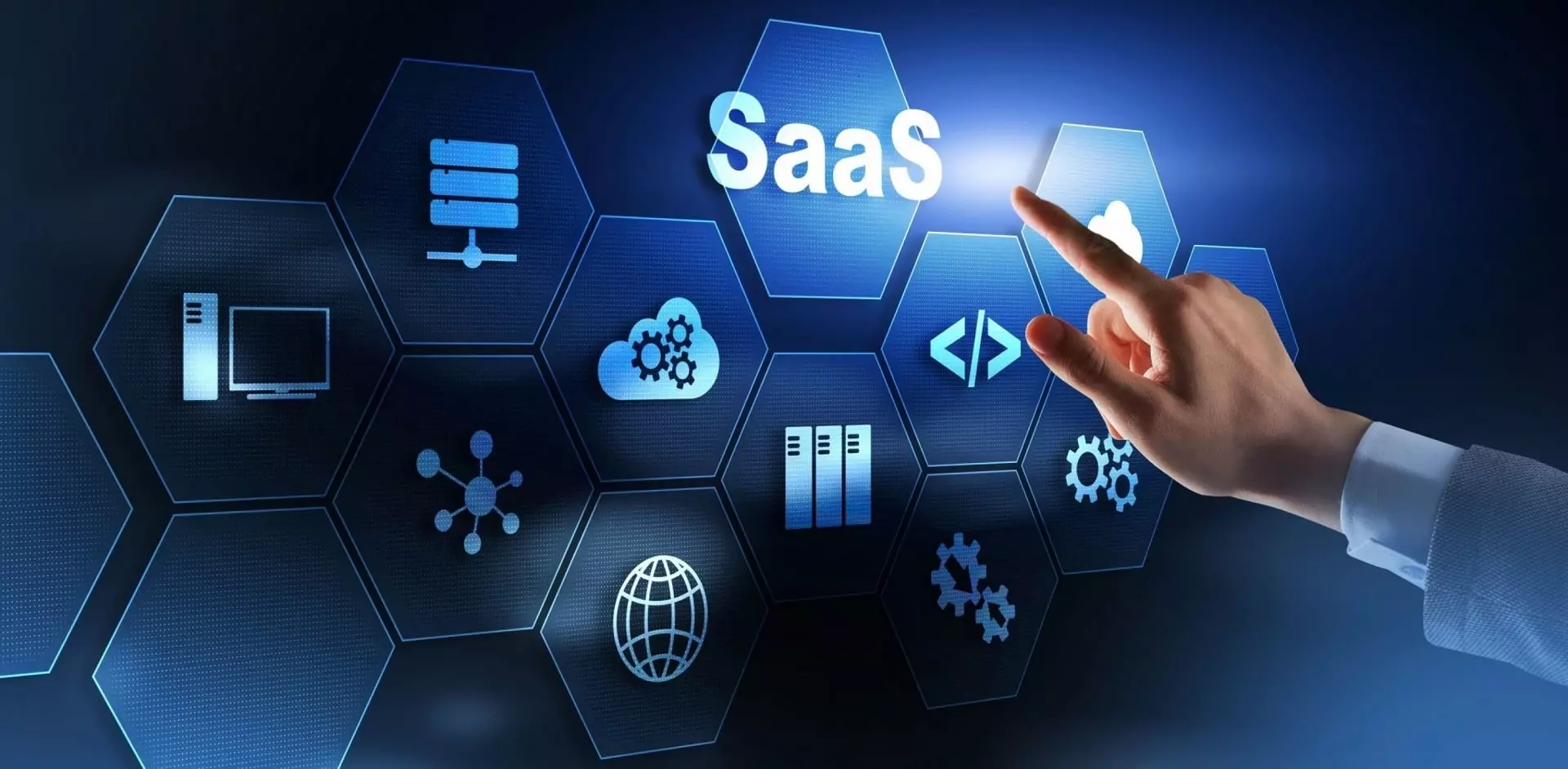Digital transformation promoted the modernization of applications in the corporate environment, in order to optimize their processes. In this scenario, services based on cloud computing have become popular in companies. Therefore, it’s important to observe the differences between the various models like IaaS, PaaS, and SaaS before implementation, as they were made available in different models.
These three models for providing cloud services present peculiarities regarding their structure, and management, among other factors that can influence the operational routine of organizations. Want to better understand how they work? In this post, we will address the differences between IaaS, PaaS, and SaaS. Check out!
What are IaaS, PaaS and SaaS?
Cloud computing consists of placing computer system applications online and on demand. In this modality, data storage is done virtually and its computing capacity can be expanded according to the user’s needs. Within this service, three models emerged: IaaS, PaaS, and SaaS. Find out what each one defines.
What is IaaS?
Infrastructure as a Service, known as IaaS, is a cloud computing service made up of automated and scalable resources. It is characterized by promoting the complete change of the physical infrastructure of the company that hires it. This means that the service provider carries out the virtualization, network, and server processes.
Regardless of the company contracted to provide it, IaaS has a similar structure, in addition to having simple operations. Contracting companies can acquire resources according to the demand of their operations.
The purpose of IaaS is to simplify companies’ routines, eliminating the need to configure or manage a complex infrastructure. This way, they only pay for the resources they use.
What is PaaS?
Platform as a Service, or PaaS, is a cloud-ready deployment and development framework. Therefore, the company that hires it becomes responsible only for the application part.
Generally, developers use this model in the development area to build new systems based on these cloud platforms. PaaS also allows users to create, host, and manage their own software, requiring only internet access.
The goal of PaaS is to optimize the work of developers. After all, it enables the development, execution, and management of systems, without the obligation to maintain an infrastructure, which is common in this type of process.

What is SaaS?
Software as a Service, also called SaaS, is a storage model that gives full access to the customer. Therefore, there is no need to purchase the service to use it.
Therefore, all resources are provided by the provider, and the customer only needs a login and password to access the platform. In this format, the user can purchase a license to access the software available in the cloud, with limited resources. He can also pay a fixed fee or an amount depending on the use of the platform.
To use SaaS software, you need internet access, and you can access data stored on-site through any device. This is a way for companies to use types of software online, without having to install, maintain or update them.
When is each model recommended?
IaaS is recommended for small and medium-sized companies that are growing. PaaS is most appropriate for organizations with their own developers. For small companies with limited budgets, it is recommended to use SaaS as they do not have enough budget to purchase licenses.
Each type of cloud computing model is aimed at a company profile. Businesses that deal with a variable volume of demand, for example, can adopt IaaS and expand it according to their needs.
Organizations that need a more complex infrastructure to integrate data or perform tasks are best suited for PaaS.
Finally, SaaS aims to optimize the work routine. Therefore, it is also a good choice for short-term projects or when it is necessary to access applications remotely, such as Customer Relationship Management (CRM) systems.
What are the differences between the IaaS, PaaS, and SaaS models?
IaaS is a service that offers cloud infrastructure for companies to use. SaaS provides the entire ready-made application hosted by third parties. Finally, PaaS is a framework made available for development.
When choosing a cloud model, the company must consider how much it wants and desires to manage its service infrastructure. Additionally, how much management is willing to delegate to the cloud provider? To do this, you need to understand what differentiates each model. See what these differences are.
Applications
In IaaS, the company’s IT department manages applications. The same way is done in PaaS, requiring a team prepared for this. In SaaS, the cloud provider handles all applications, optimizing the contracting company’s IT workflow.
Data
Keeping data secure is crucial for conducting business, as it is extremely valuable. In IaaS and PaaS, data management and control remain under the user’s internal IT team. While in SaaS, data is managed by the cloud provider.
Virtualization
The ability of hardware to isolate applications and systems defines virtualization. Thus, the system acquires the ability to run any type of software, without any limitations that hardware might have. This enhances applications stored in the cloud.
When it comes to virtualization, all models follow the same pattern. The cloud computing service provider carries out this process, freeing up your IT team for strategic issues in the area.
Servers
A problem on a server, by forcing the operation of a company, causes delays and losses. In both IaaS and PaaS and SaaS, the servers are managed by the cloud provider. This ensures that they function fully and uninterruptedly, in order to preserve the integrity of data and business operations.
Network
In IaaS, PaaS, and SaaS services, management is done by the cloud provider. Therefore, he is responsible for keeping the network always safe and capable of continuing to operate according to the demands of his routine operations.
Examples of IaaS, PaaS, and SaaS
There are several examples of cloud computing services available on the market that follow the IaaS, PaaS, and SaaS standards. Discover some of the most popular and recommended for companies.
IaaS Examples
- Google Cloud Platform (GCP): Google’s cloud computing platform;
- Amazon Web Services (AWS): Amazon’s cloud computing platform;
- Microsoft Azure: cloud computing platform operated by Microsoft.
PaaS Examples
- AWS Elastic Beanstalk: Amazon service for deploying applications;
- Google App Engine: cloud platform aimed at developing and hosting web applications within Google’s infrastructure.
SaaS Examples
- Microsoft 365: communication and collaboration hub for the corporate environment;
- Google Workspace: platform with a set of tools for the corporate environment;
- Dropbox: cloud file storage and sharing service;
- Salesforce: Cloud-based customer success platform.
The use of cloud computing has become an indispensable initiative for business growth. This is because it enables the scalability of your operations in an optimized way and at a reduced cost. You must make the choice between services in the IaaS, PaaS, and SaaS models according to the demand for a volume of processes and the need for data and application management.





